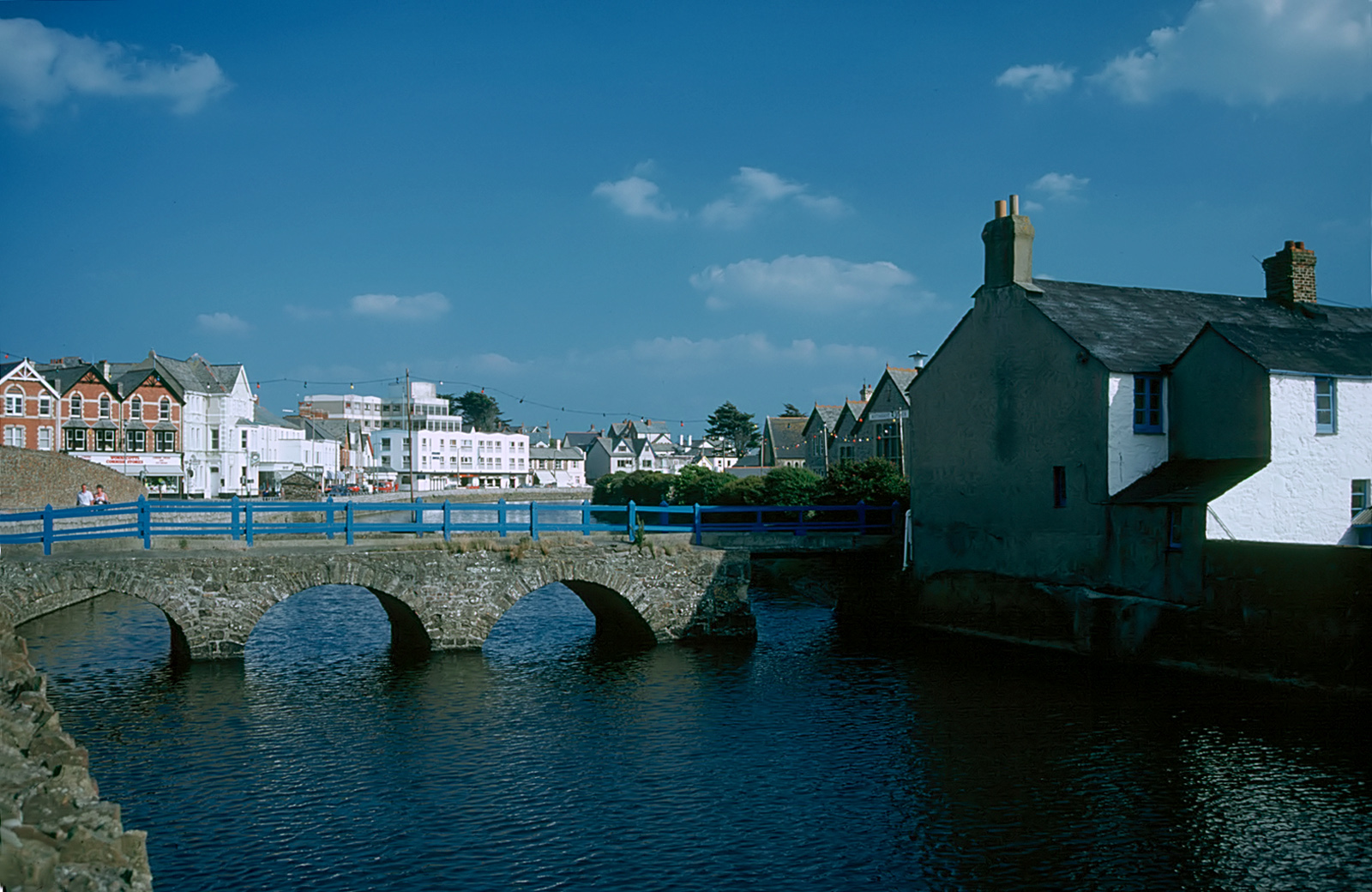Google is laying a new private subsea cable – Grace Hopper – between the US and Europe, with landing points in the UK (Bude in Cornwall) and Spain (Bilbao). This is the fourth cable announced after Curie, Dunant and Equiano and will go live in 2022. The cable route will comprise a 6,250km stretch from New York to Bude and a 6,300km route between New York and Bilbao
Google’s aim is to increase the resilience of its network and the company says these investments are aimed at increasing availability, quality, latency, routing and scalability for its services. The cable will integrate the new Google Cloud region in Spain (Madrid) with Google’s wider global infrastructure.
Google’s Jayne Stowell has stated that another motivation for the investment is that many of the existing transatlantic cables are aging and need to be upgraded. Diversity is important to the company, she says, to ensure continuity if a cable is damaged.
The Grace Hopper cable will have 16 fiber pairs (32 fibers) and optical switching that will increase its reliability. The cable features novel technology jointly developed by SubCom, which will lay the cable, and Google, which Google says will more easily enable them to move traffic around during outages. Subcom also worked with Google on the Dunant and Curie cables.
But what does this mean from a telecoms industry point of view? Traditionally, even large enterprises paid telecoms firms to run their networks. Google is increasingly signalling its wish to maintain its own infrastructure – transforming it from a digital firm into an operator.
But why would it want to go to the bother of laying and running cable? Two arguments have emerged. The first is quality of service and the need to ensure continuity of service. They can place their own network where they like – linking their data centres into their global infrastructure and having control of QoS, rather than being reliant on a third party telecoms firm. The second reason is cost. Building your own cable carries risk, but it also means you’re not funding a third party’s shareholders. It’s risky because you either have to fill the cable with your own profitable traffic, or resell capacity to others. Clearly Google believes that it will do the former.
The quality of service element is I think the most interesting. What Google is telling us in a roundabout way is that QoS is a differentiator and so critical for future competitiveness that it’s worth investing millions to ensure it.
Google is not alone in identifying these issues or being prepared to invest in them. The Marea cable, which runs from the US to Spain, is jointly owned by Microsoft, Facebook and Telxius. And in May 2020 Facebook announced a 37,000km cable around Africa (2 Africa) to deliver faster internet to 16 countries. It is due to be lit in 2024 and is being built by Alcatel Submarine Networks (a Nokia owned company). Google’s Equiano cable links Cape Town with Lisbon and is also being built by Alcatel Submarine Networks, with the first phase going live in 2021.
